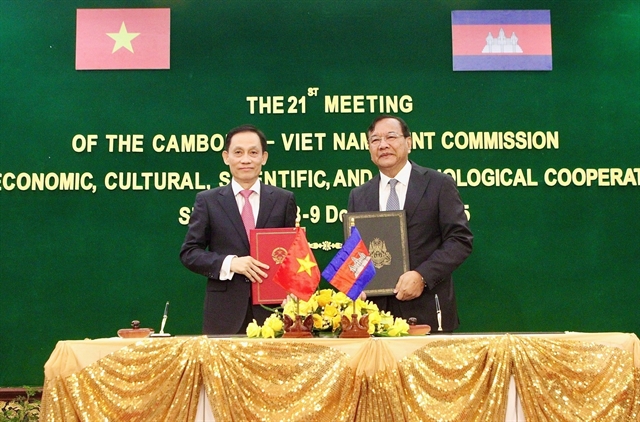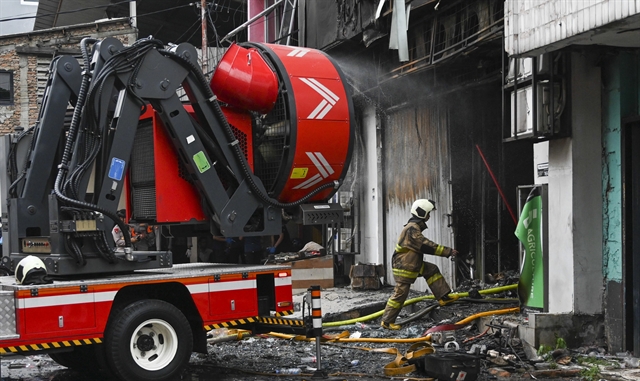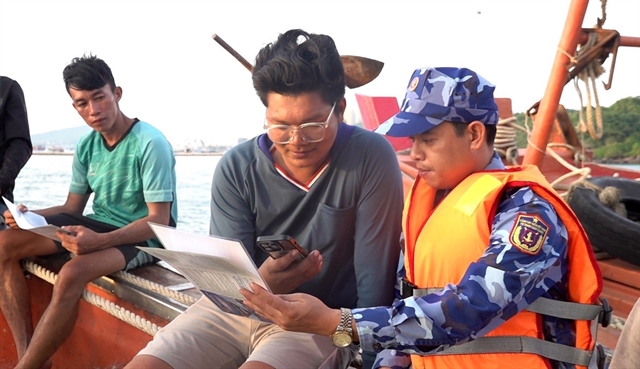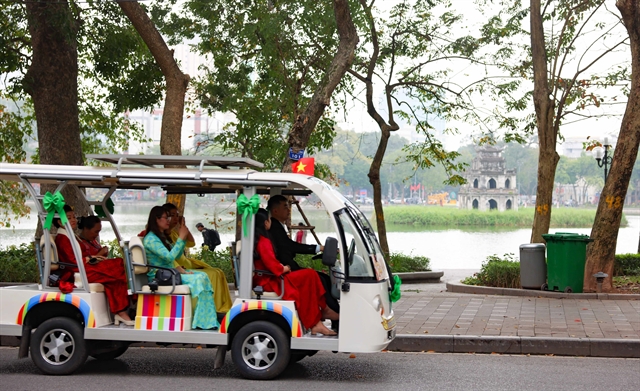 Life & Style
Life & Style
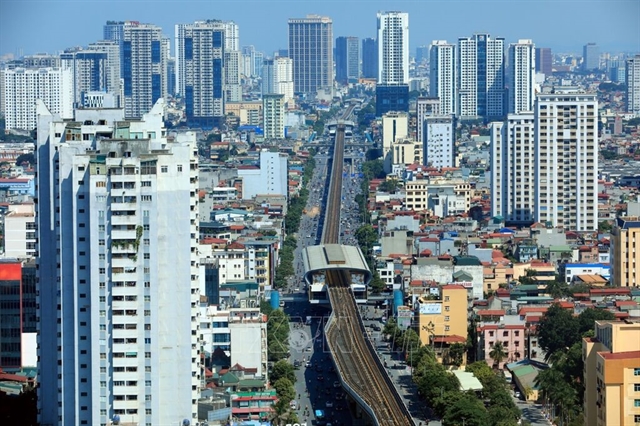
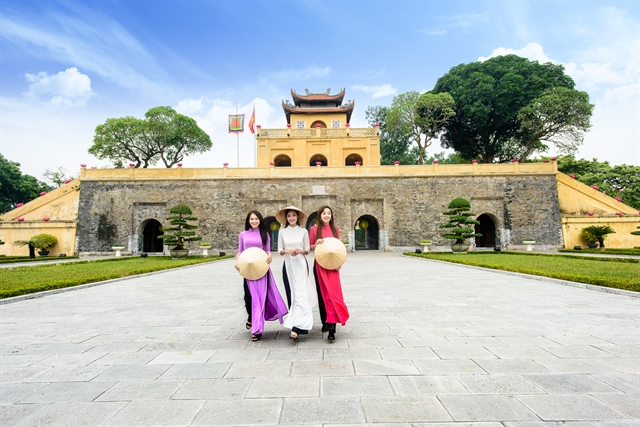 |
| Tourists take photos at the Imperial Citadel of Thăng Long. Photo hoangthanhthanglong.com |
HÀ NỘI The Imperial Citadel of Thăng Long, a UNESCO World Heritage site in Hà Nội, has gained an additional area of 13,800sq.m, given to it by the Ministry of National Defence.
The area, located at 28A Điện Biên Phủ Street in the district of Ba Đình has, since 1966, been home to the Vietnam Army Museum, later renamed the Vietnam Military History Museum. The museum covers an area of over 13,000sq.m, including exhibition buildings, functional areas, and notably, the Hà Nội Flag Tower.
The People's Committee of Hà Nội issued a decision on October 5, 2009, regarding the transfer of 89,357sq.m of land, including that of the Vietnam Military History Museum, to the Cổ Loa Heritage Conservation Centre – Hà Nội Citadel, now known as the Thăng Long – Hà Nội Heritage Conservation Centre, for management.
However, at the time of the decision, the museum had not yet invested in a new headquarters. The transfer of defence land was agreed upon by the Central Military Commission and the Hanoi City Party Committee in 2019. Recently, the museum completed its move to new headquarters in Nam Từ Liêm District, allowing it to hand over the land to the citadel.
“The museum has been located at 28A Điện Biên Phủ for 58 years to promote our cultural and military historical heritage,” said Director of the Vietnam Military History Museum, Lê Vũ Huy. “We believe that with its rich tradition and dedication, the Thăng Long – Hanoi Heritage Conservation Centre will effectively manage the heritage sites.”
Director of the Thăng Long – Hanoi Heritage Conservation Centre, Nguyễn Thanh Quang, said the centre has received the final remaining area of the world heritage site from the Ministry of National Defence.
The unification of the entire heritage site will enable the centre to better fulfill its commitments to the UNESCO World Heritage Committee, especially since the Thăng Long Imperial Citadel was recognised as a World Cultural Heritage Site in 2010.
 |
| Hà Nội Flag Tower is now located within the area of the Imperial Citadel of Thăng Long. Photo courtesy of the Thăng Long – Hà Nội Heritage Conservation Centre |
“After the handover, we will quickly open relics to visitors on January 1, 2025, including the Hà Nội Flag Tower area, which is an important monument for the capital and the country,” he said.
“Over the longer term, we will launch a tour covering the entire area of the Thăng Long Imperial Citadel, from the Hà Nội Flag Tower to Đoan Môn (Main Gate), the Kính Thiên Dragon Steps, and other architectural and historical works within the citadel.”
The Imperial Citadel of Thăng Long is a complex of historic imperial buildings that was first constructed in 1011 under the reign of King Lý Thái Tổ of the Lý Dynasty (1009-1225).
The site is one of the ten special national heritage sites proclaimed by the Prime Minister in 2009 and was inscribed on the World Heritage List by UNESCO’s World Heritage Committee in 2010. Its UNESCO Outstanding Universal Values are reflected in its historical longevity, its continuous role as a seat of power and its multiple cultural layers. VNS

